Ferdinand BARBEDIENNE settled in Paris in 1822, his meeting with Achille Collas (1795-1859) dates from these years. Collas and Barbedienne will join forces and open a foundry in 1838. Barbedienne, very interested in the innovative techniques favored by the government of Louis-Philippe, actively participated in the romantic movement. The taste for history and Gallo-Roman archaeology spread at the same time as the taste for ancient bronzes. Achille Collas had also invented a mechanical process that made it possible to mathematically reproduce sculptures in the round using a reducer, or pantograph. This invention was considered from the start as important as that of the daguerreotype. The firm of Collas and Barbedienne sold plaster reductions of the Venus de Milo for a time, then specialized in the production of bronzes based on antiquity. At the International Exhibition in London in 1851, and then at the one in Paris in 1855, the firm, registered under the name Barbedienne, won numerous medals. It then presented reductions based on antiquity, the Renaissance, the 18th century and certain modern sculptors such as Bosio, David d'Angers, Clesinger and Frémiet, with whom Barbedienne signed exclusive contracts.







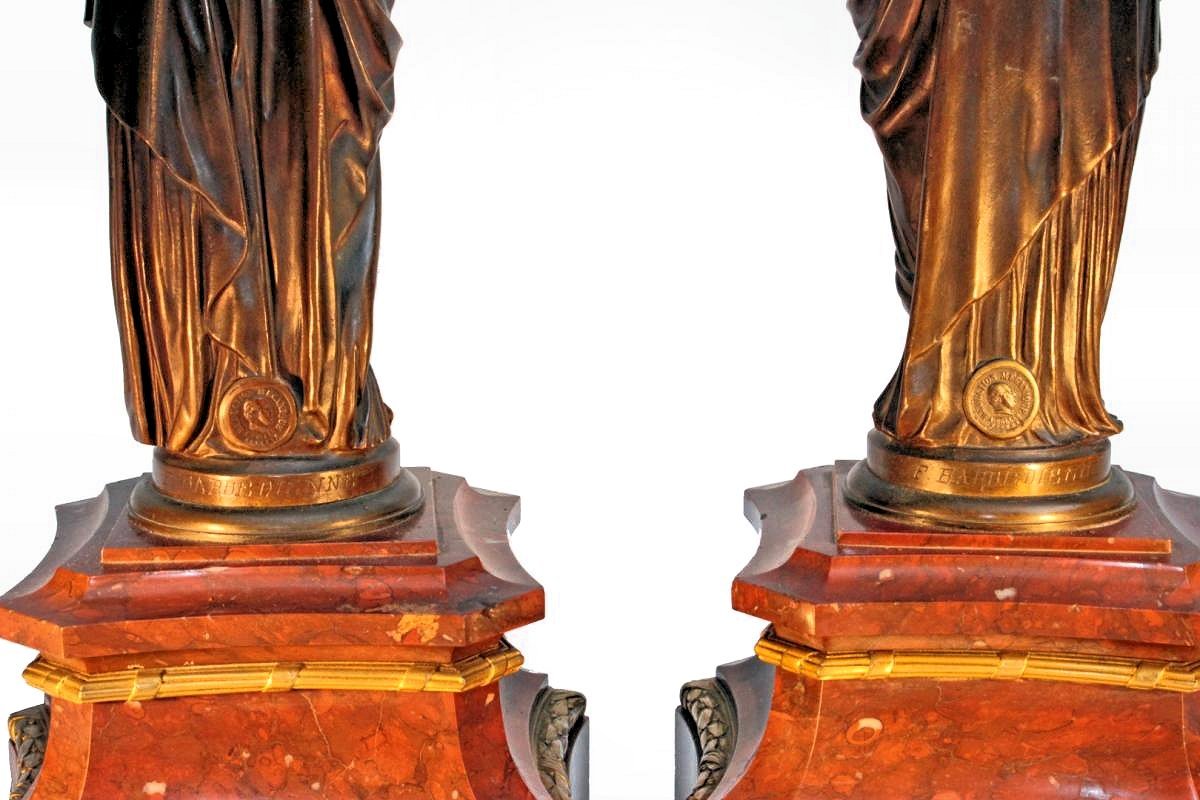


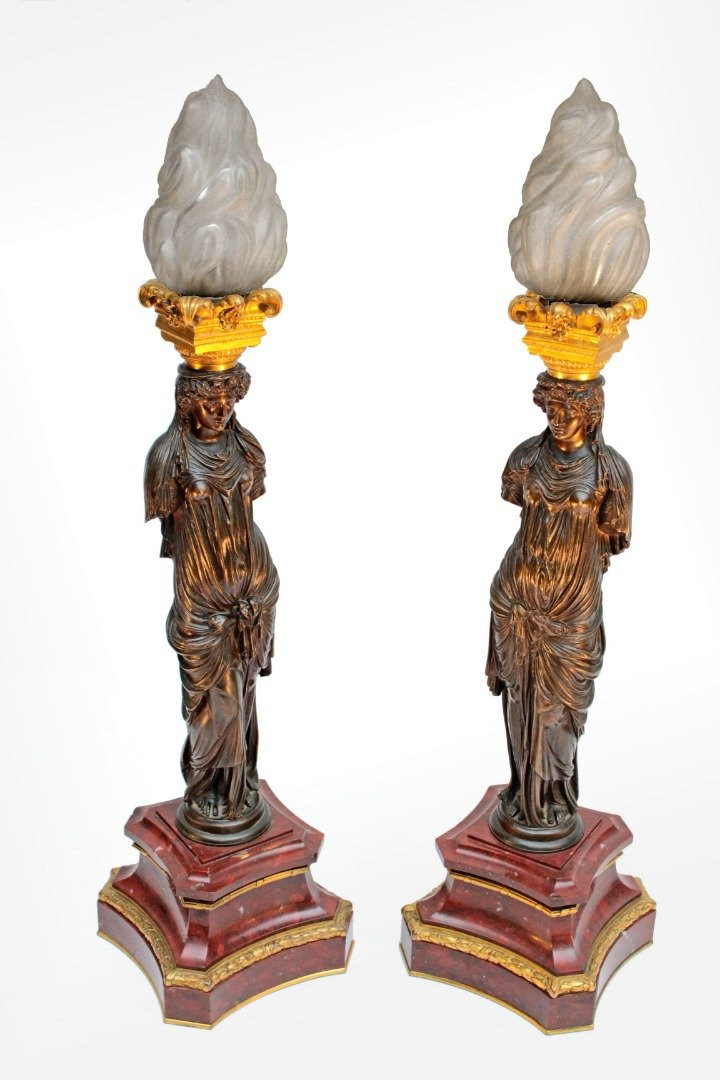















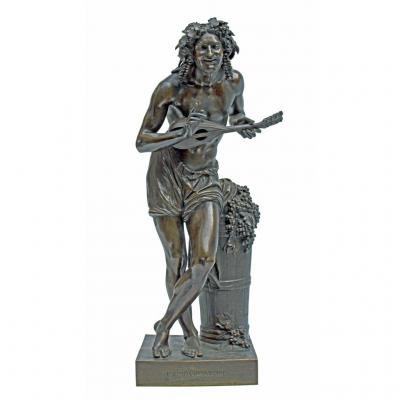

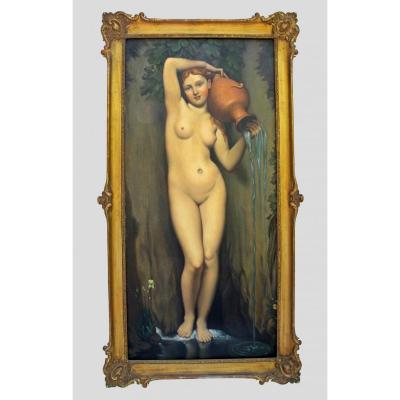

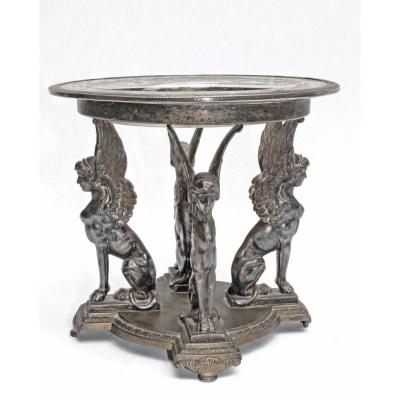




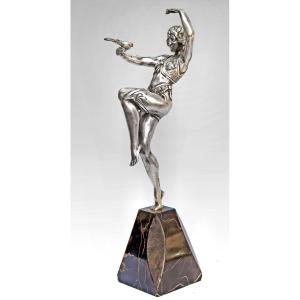

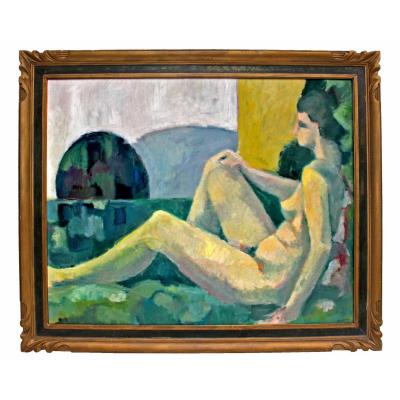



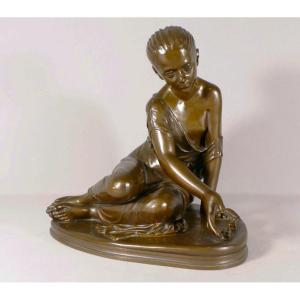
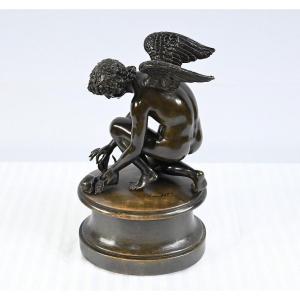



 Le Magazine de PROANTIC
Le Magazine de PROANTIC TRÉSORS Magazine
TRÉSORS Magazine Rivista Artiquariato
Rivista Artiquariato